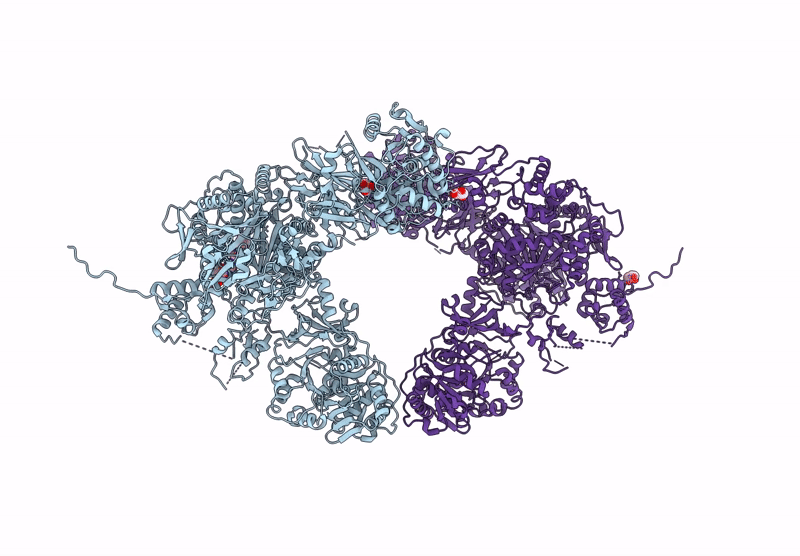
Deposition Date
2024-04-13
Release Date
2024-11-20
Last Version Date
2025-02-19
Entry Detail
PDB ID:
9BE4
Keywords:
Title:
The post-condensation state of the dimodular NRPS protein LgrA
Biological Source:
Source Organism:
Brevibacillus parabrevis (Taxon ID: 54914)
Host Organism:
Method Details:
Experimental Method:
Resolution:
3.00 Å
R-Value Free:
0.25
R-Value Work:
0.21
R-Value Observed:
0.21
Space Group:
P 21 21 2


